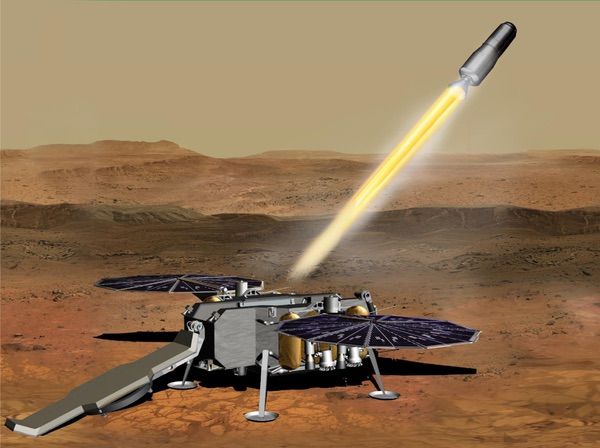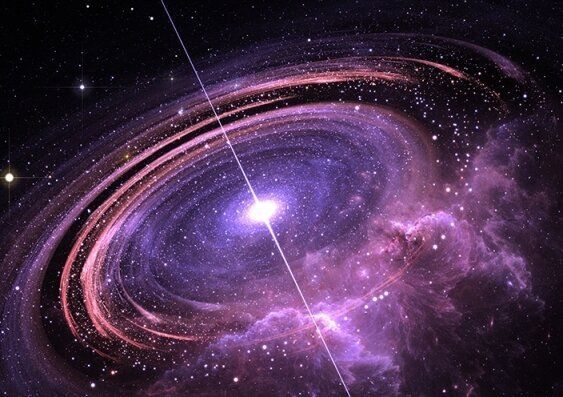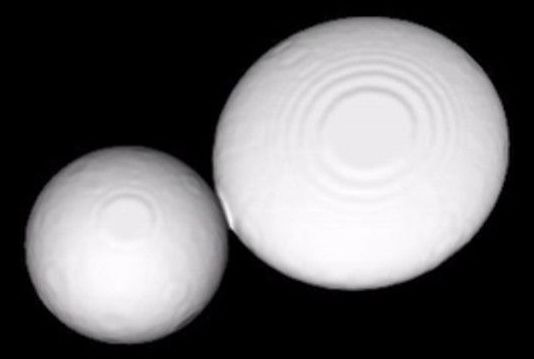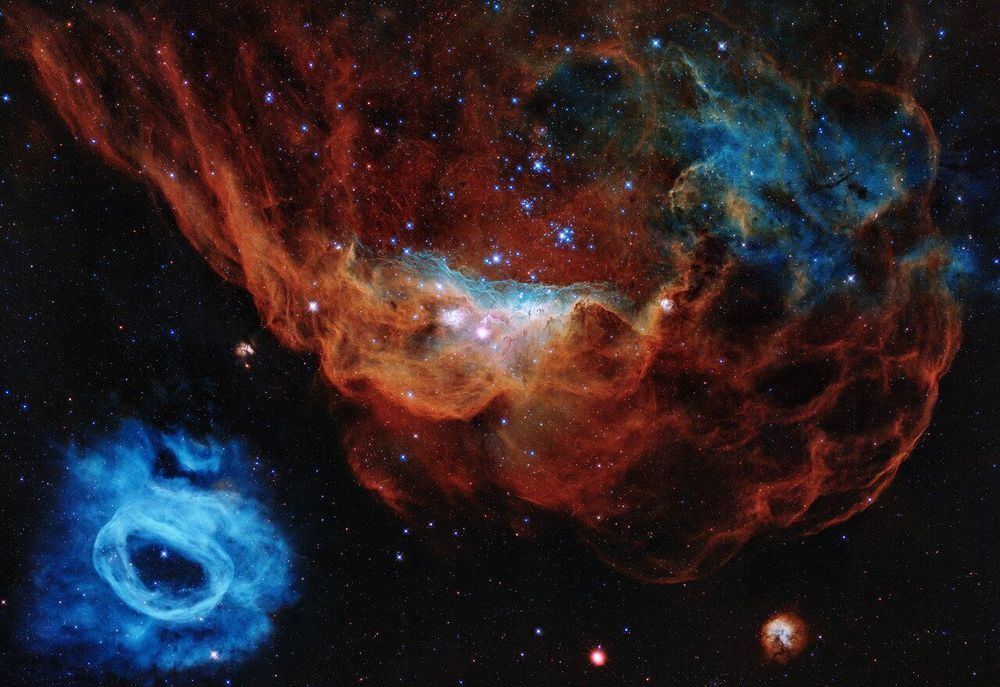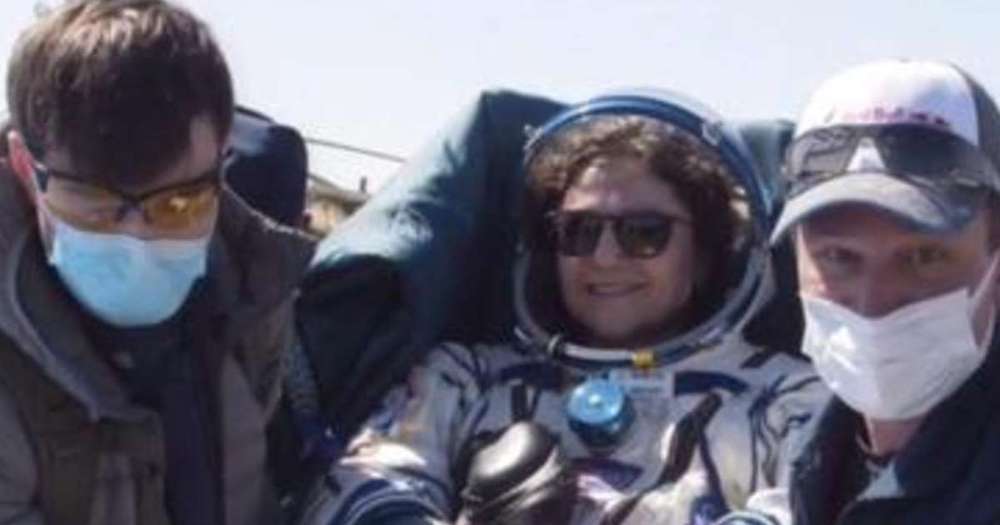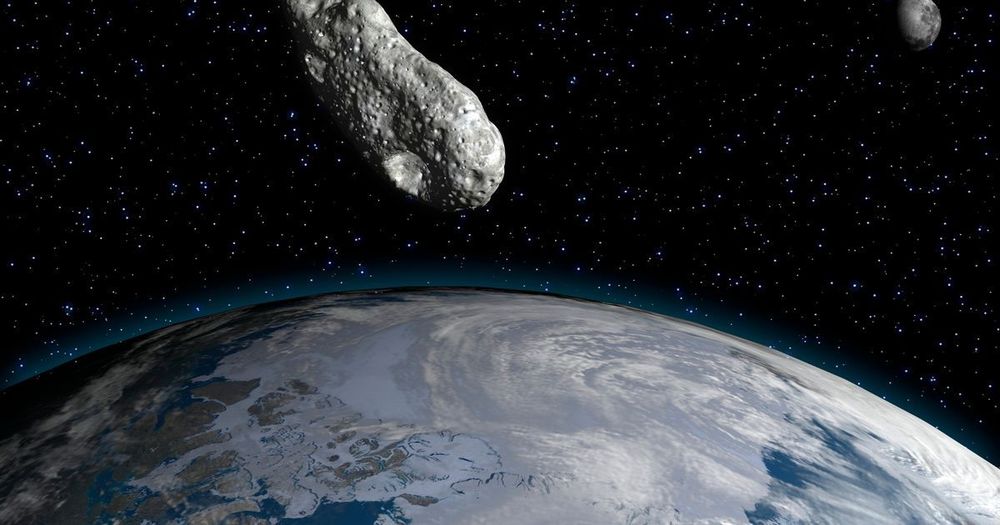At the highest level, Mars sample return sounds very straightforward: go to Mars, grab some rocks, and bring them back to Earth. Easy!
Easier said than done, though. While NASA has demonstrated the ability to land on Mars and travel across its surface on several missions, the challenges of gathering samples, putting them into a vehicle that launches them into Martian orbit, and then getting those samples back to Earth, increases the complexity of the endeavor exponentially more than linearly.
NASA announced its intent in August 2017 to pursue a “lean” sample return strategy in an effort to minimize the complexity, and cost, of getting samples back (see “Turning a corner on Mars,” The Space Review, August 19, 2019). Since then, NASA and the European Space Agency have said they will collaborate on a Mars Sample Return program, but the agencies have elaborated little on that overall architecture.
